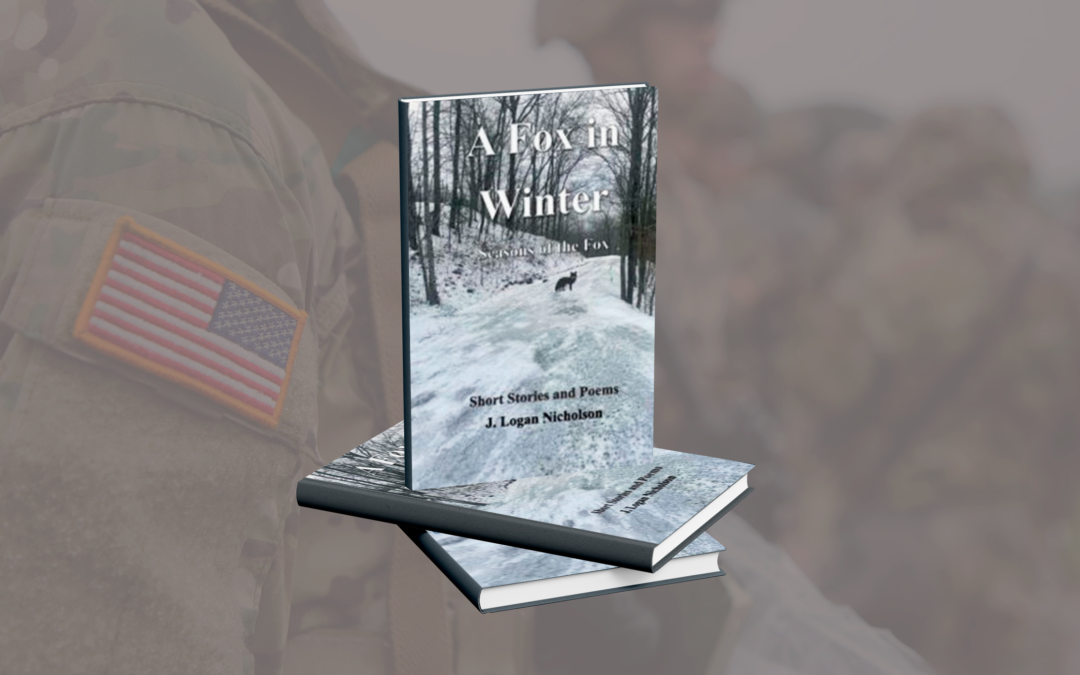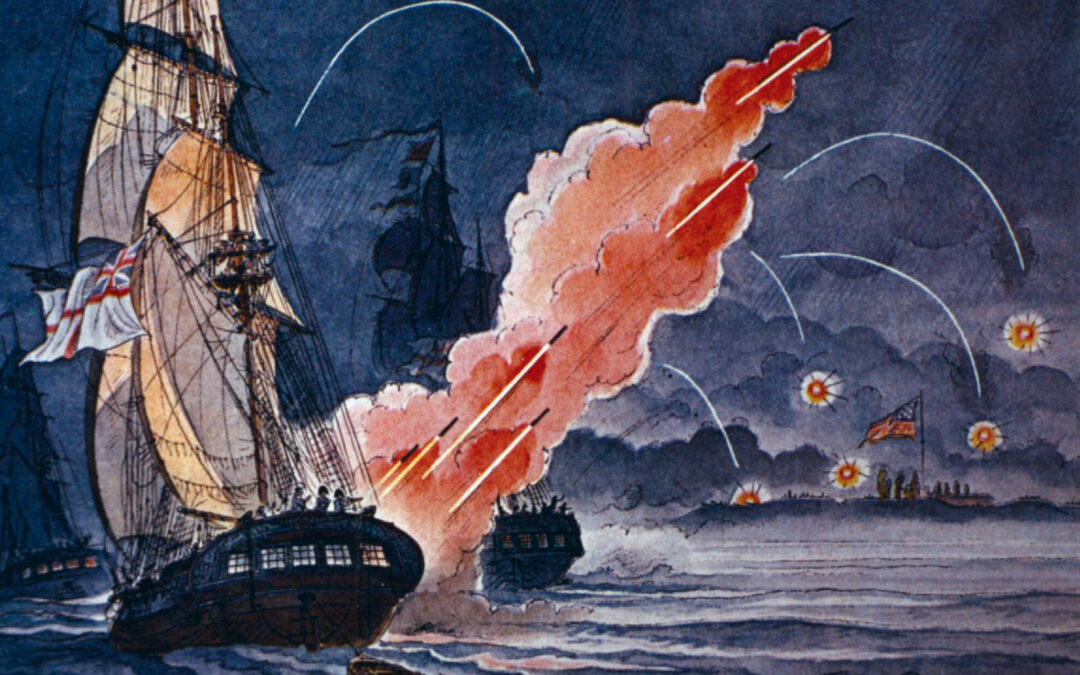In the early morning hours of August 13, 1943, twelve US B-24 Liberators from the 380th Bombardment Group (also known as the Flying Circus), began a low approach over the harbor of Balikpapan, Borneo. They were about to break records for the longest bombing run in history. Their 17-hour non-stop flight would take the Japanese completely by surprise and result in destruction in Balikpapan. The Bombing of Balikpapan Breaks Records Intelligence had suggested that Balikpapan refineries were...











